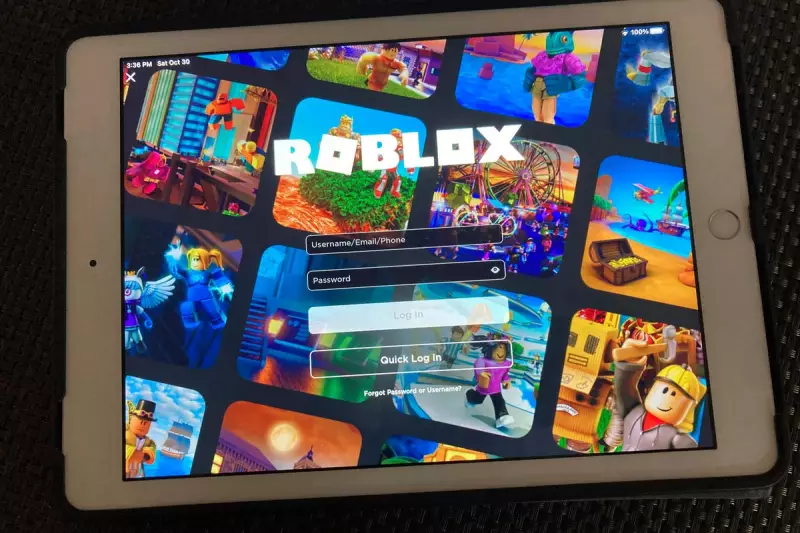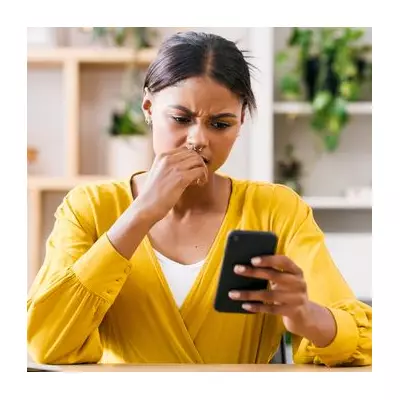
The popular online gaming platform Roblox is significantly strengthening its safety measures by introducing a more robust age verification process and creating new, age-segmented chat environments.
New Safety Measures Explained
Beginning in December, users who wish to send private messages to other players will need to verify their age using a facial estimation tool provided by the company Persona. The system requires a video selfie, which Roblox confirms is deleted immediately after processing. This verification is not mandatory for general platform use, but is required specifically for accessing private chat features.
Roblox's chief safety officer, Matt Kaufman, stated that the technology can accurately estimate a person's age within one to two years for individuals between approximately five and 25 years old. For those whose estimated age falls outside this range, alternative verification methods are available. "If you disagree with the estimate that comes back, then you can provide an ID or use parental consent in order to correct that," Kaufman explained.
Implementation Timeline and Global Rollout
The platform will begin enforcing these new age checks in Australia, New Zealand, and the Netherlands during the first week of December, with a global rollout scheduled for early January. Following verification, users will be assigned to specific age groups: under nine, nine to 12, 13 to 15, 16 to 17, 18 to 20, and over 21.
This new structure means that children, teenagers, and adults will primarily be able to chat with others in their own or similar age brackets, depending on their age and the chat type. Roblox already prohibits children under 13 from chatting with users outside of games without explicit parental permission. Unlike many other platforms, Roblox does not encrypt private chats, allowing the company to monitor and moderate conversations for safety.
Broader Industry Context
These changes arrive as Roblox faces increasing criticism and legal challenges concerning child safety. They also align with a growing number of age verification laws being implemented by various states and countries. The move reflects a wider trend in the tech industry, where companies like Google and Instagram are also testing new AI-powered age verification systems to better protect younger users and comply with evolving regulations.





